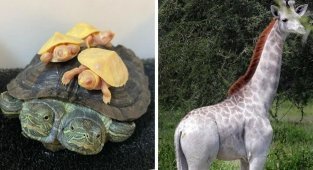20+ strangest scientific experiments that are hard to believe are real (25 photos)
Scientists do not sit idle. Experiments are carried out every day all over the world. This could be studying a gene variation or finding a code to solve a particular problem. In these aspirations and doubts lies our ability to make discoveries. But sometimes scientific research can go too far. 
1. Spiders and urine 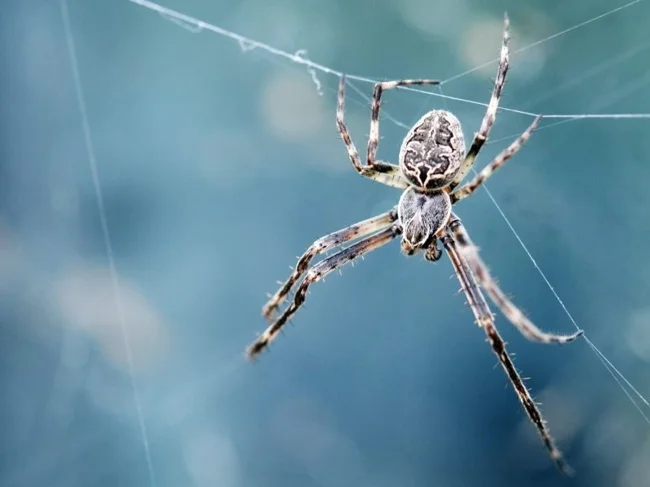
In 1955, scientists tried to develop a unique method for identifying schizophrenia. They fed spiders the urine of schizophrenics and compared their webs with those made by spiders that were given urine from researchers. No differences could be found. However, it was noted that after one sip, the spiders expressed a strong disgust at the schizophrenic's urine.
2. The Dr. Fox Effect 
In 1970, Dr. Myron L. Fox gave a talk to a group of psychologists and psychiatrists on “Mathematical Game Theory and Its Application to Physician Education.” However, the speaker turned out to be an actor who has absolutely no knowledge on this topic. The purpose of the lecture was to explore “educational seduction.” Dr. Fox used his acting skills to connect with the audience, even though the lecture was completely pointless. Surprisingly, the audience found his report fascinating and informative. This phenomenon was called the "Dr. Fox effect." A study has shown how a charismatic speaker can fool smart people. Oddly enough, ten years later Ronald Reagan was elected President of the United States.
3. 370 days in bed 
In January 1986, in Moscow, 11 men lay down in bed and did not get up for 370 days. They took a bath lying down, ate, read, watched TV, and wrote letters. The experiment was carried out as part of a classified commercial project. At the time, this was the simplest method of simulating the effects of weightlessness on Earth. The beds were inclined to the headboard by 5 degrees.
Several participants developed depression, and long separations from their wives led to divorce. The severity of the test was supposed to be compensated by a prize - a car.
4. Why are the Brazil nuts always on top? 
In nut mixtures, the Brazil nut always ends up at the top. X-rays helped solve this mystery. The scientists first put large nuts at the bottom of the pack, filled them with smaller ones, and then shook the bag several times. Once the Brazil nuts become upright, more space is made available for the smaller nuts to fall down.
5. Cow-human hybrid 
Scientists from the Netherlands have genetically modified cows so that their milk contains the human protein lactoferrin, which is found in breast milk. This protein prevents a wide range of diseases and is an excellent immune system booster.
6. Mouse-human hybrid 
In 2005, human embryonic stem cells were transplanted into mice while they were still in the womb. After the birth of the animals, it was discovered that human cells had taken root. Scientists hope this technique will improve testing of experimental drugs and medical trials.
7. Radio-controlled bugs 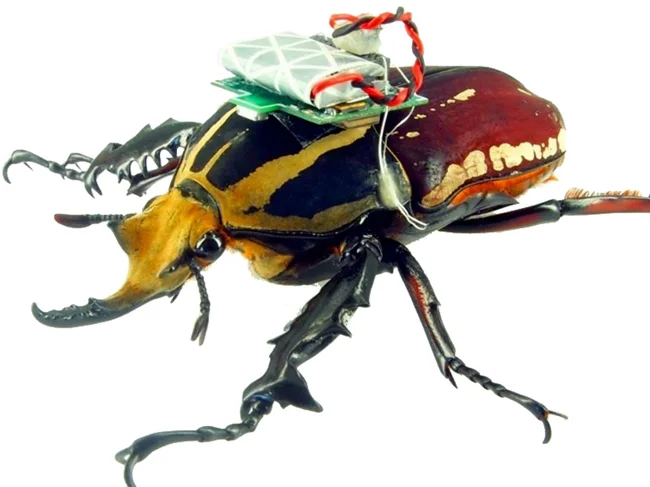
In 2009, DARPA-funded scientists at the University of California implanted electrodes into beetles, allowing them to wirelessly command the beetles to turn, take off, or hover in flight.
The Pentagon could use this technology in search and rescue operations, as well as for covert monitoring.
8. Cuttlefish with glasses 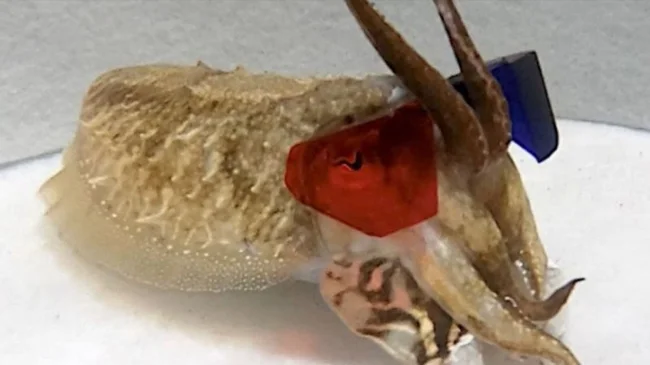
In 2020, scientists from the University of Minnesota put 3D glasses on a cuttlefish to watch it attack its prey. The clam was shown images of shrimp to understand how it judges distance before attacking. The eyes of these animals are designed in such a way that they provide a 360-degree view. As a result, the researchers concluded that cuttlefish use stereopsis to determine distance.
9. 28 hours 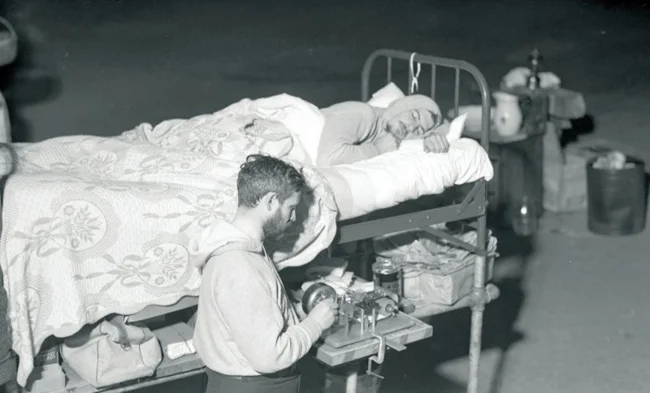
Scientists once wondered whether the 24-hour sleep-wake pattern was simply a habit. In 1938, neuroscientist Nathaniel Kleitman and University of Chicago student Bruce Richardson spent 32 days in Mammoth Cave, Kentucky, trying to switch to a 28-hour daily cycle. They had to work 10 hours, sleep 9 hours and rest 9 hours. The younger Richardson adapted in less than a week, while Kleitman was never able to adjust.
10. Dogs with super powerful muscles 
In 2015, geneticists at Nanjing University, China, removed the myostatin gene from dog embryos. Myostatin inhibits muscle growth. Hercules and Tiangou became the first dogs with special genetic modifications. Scientists hope these trials will lead to the discovery of treatments for human diseases such as muscular dystrophy.
11. Microchipping a person 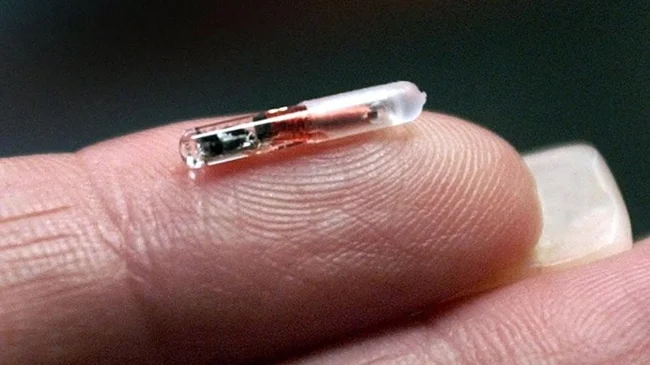
In 2004, the US Department of Health and Human Services approved the implantation of chips in people. Prisons, hospitals and businesses can thus track people's locations, access medical records, and grant or restrict access to information. Today, many American correctional institutions use microchipping.
12. Bias is a natural defense mechanism 
Whether you like it or not, you judge people by their appearance. According to recent research by psychologists from the University of Melbourne, prejudice towards people we consider ugly is a natural defense mechanism. Although ugliness is subjective, every person finds certain characteristics unattractive.
Unconscious bias against people with less attractive appearance is a worldwide problem that has a significant impact on people's lives. Ugly people are less productive, less successful, and more likely to be punished harshly in court.
13. Remote Control Bull 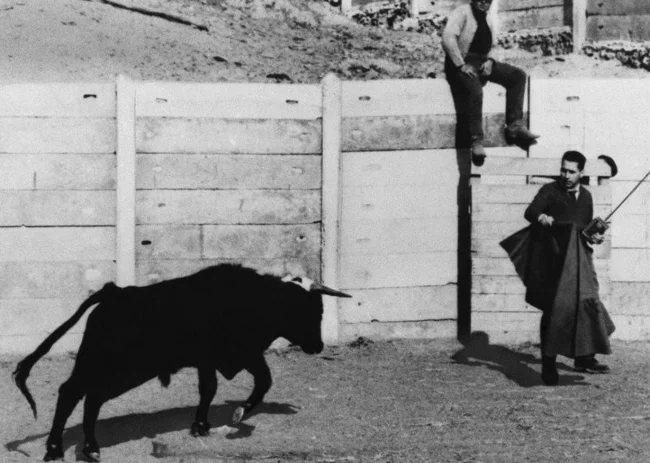
In 1964, José Delgado, a neurologist at Yale University, implanted radio-controlled electrodes into the brain of a bull named Lucero and conducted an experiment. The scientist entered the ring with a 250-kilogram animal, armed only with a remote control. Lucero rushed at the man, but after pressing the button he instantly calmed down and ran away. Delgado proved that the biological basis of social behavior lies precisely in electricity.
14. Fighting colds 
In 1946, the British government conducted a study on the common cold. Volunteers were accommodated in spacious apartments with all amenities; they had games, books, a radio and a telephone at their disposal. They were even paid three shillings a day. But the subjects were required to spend 30 minutes in the cold after a hot bath and wear wet socks, and they were also injected with mucus from a sick person into their noses. The experiment proved that colds have nothing to do with cold weather.
15. The first step to the "Planet of the Apes" 
Molecular biologists from Germany and Japan have increased the thickness of the cerebral cortex of marmoset marmosets using the human ARHGAP11B gene. The neocortex, which is responsible for thinking and language, has grown significantly in the brains of marmosets. According to scientists, the ARHGAP11B gene played an important role in human evolution.
16. New finger based on a pig bladder 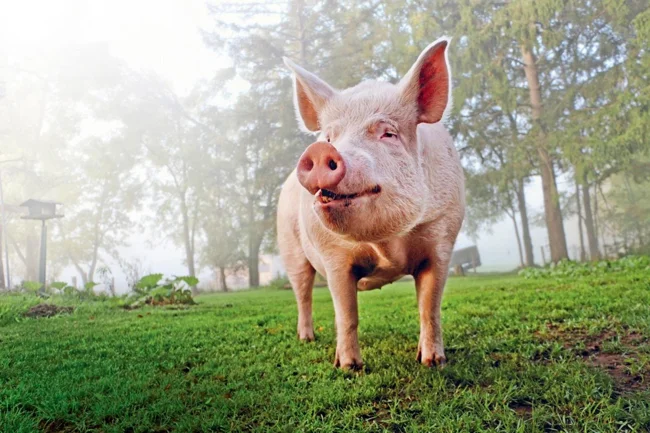
Scientists have discovered that pig bladder tissue can be processed into a powder called extracellular matrix and used to regenerate human fingers. The intercellular matrix serves as the basis for the growth of cells of renewed tissue. It allows you to regrow lost fingertips and is even used for muscle regeneration.
17. Butterflies with parasites 
Finnish scientist Ilkka Hanski brought the common checker butterfly to the remote island of Sottunga, planning to study how a population of one species would survive in a harsh habitat. Little did he know that butterflies carried parasitic stomach-bursting wasps, and that these wasps also carried their own smaller hyperparasite. When the butterflies were released on Sottungu, the wasps spread throughout the island along with their hosts. This experiment is a reminder that before you move endangered species into a new environment, you need to know their physiology.
18. Decreased libido 
Until the 20th century, masturbation was sometimes called a sin, sometimes a disease, sometimes both. Some tried to pray, others tried to go on diets, and others realized that the only way out was medical means. Thus, doctors came to the conclusion that under the influence of potassium bromide, the experiment participants began to masturbate less. However, later this drug began to be used as a sedative.
19. Winthrop Kellogg Experiment 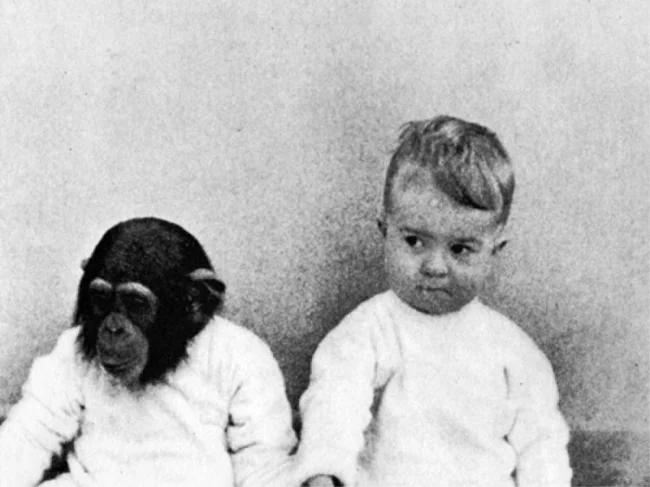
A psychologist, Winthrop and his wife acquired a baby chimpanzee named Gua in the early 1930s and raised him with their young son Donald. Initially, Gua outperformed Donald in tests of memory, reflexes, handwriting, strength, agility, climbing, language comprehension, problem solving, and other skills. But she soon reached a plateau, and Donald, instead of speaking English, began to imitate the vocalizations of his "sister" Gua. The Kellogg family was forced to stop the experiment.
20. Short-legged spider 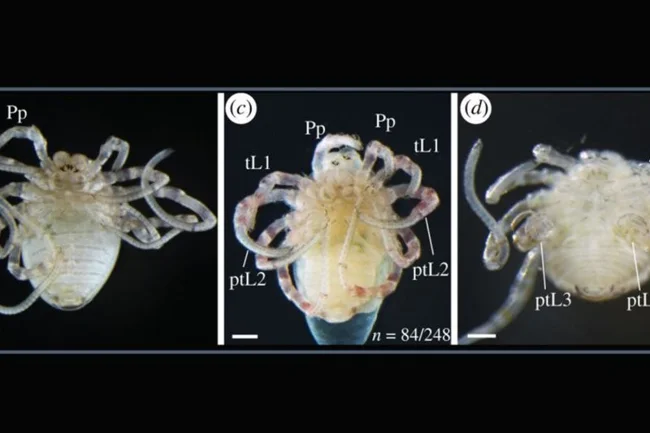
In 2021, scientists decided to once again make fun of spiders by creating a “short-legged” harvest spider. After genetic modification, the spiders' limbs changed not only in size, but also turned into short appendages known as pedipalps. This allowed scientists to get an idea of what organisms the harvest spiders could have evolved from 400 million years ago.
21. Where fear lives 
Every person knows the feeling of fear. But where does fear come from? In 2011, scientists tried to find the answer to this question by conducting an experiment with a woman they called SM. As it turns out, she couldn't feel fear because Urbach-Wiethe disease had damaged her brain's amygdala, which plays an important role in forming emotions.
In 2013, SM participated in the study again, but now she was asked to inhale CO2, which caused her to feel suffocated and have a panic attack. Scientists have concluded that it is not only the amygdala that is responsible for fear.
22. Artificial sun of South Korea 
KSTAR scientists announced a new world temperature record for the “artificial sun” in December 2020. The plasma reached a temperature of 100 million degrees Celsius and held it for twenty seconds, more than three times the previous record.
The researchers plan to use this method to generate energy through nuclear fusion. However, a lot of work remains to be done to achieve this goal. The goal by 2025 is to maintain temperatures of 100 million degrees for five minutes.
23. Testicular transplant 
Leo Stanley, chief surgeon at California's San Quentin Prison, transplanted the testicles of executed criminals into living prisoners between 1910 and the early 1950s. Stanley believed that all criminals had low testosterone levels, and increasing it would lead to a decrease in crime rates. More than 10,000 prisoners suffered from the surgeon's actions. And when human donors became scarce, Stanley began injecting prisoners with liquefied animal testicles.
24. Laser against aliens 
One of the most important unresolved questions is whether people are alone in the Universe. Hostile aliens could find Earth using the same methods we use. For example, by studying the changes in light when a planet passes directly in front of the star it is orbiting. Such transits are the main way to find planets. Astronomers from Columbia University in New York propose masking such transits using a laser. Operating a 30 MW laser for 10 hours once a year will be sufficient.



